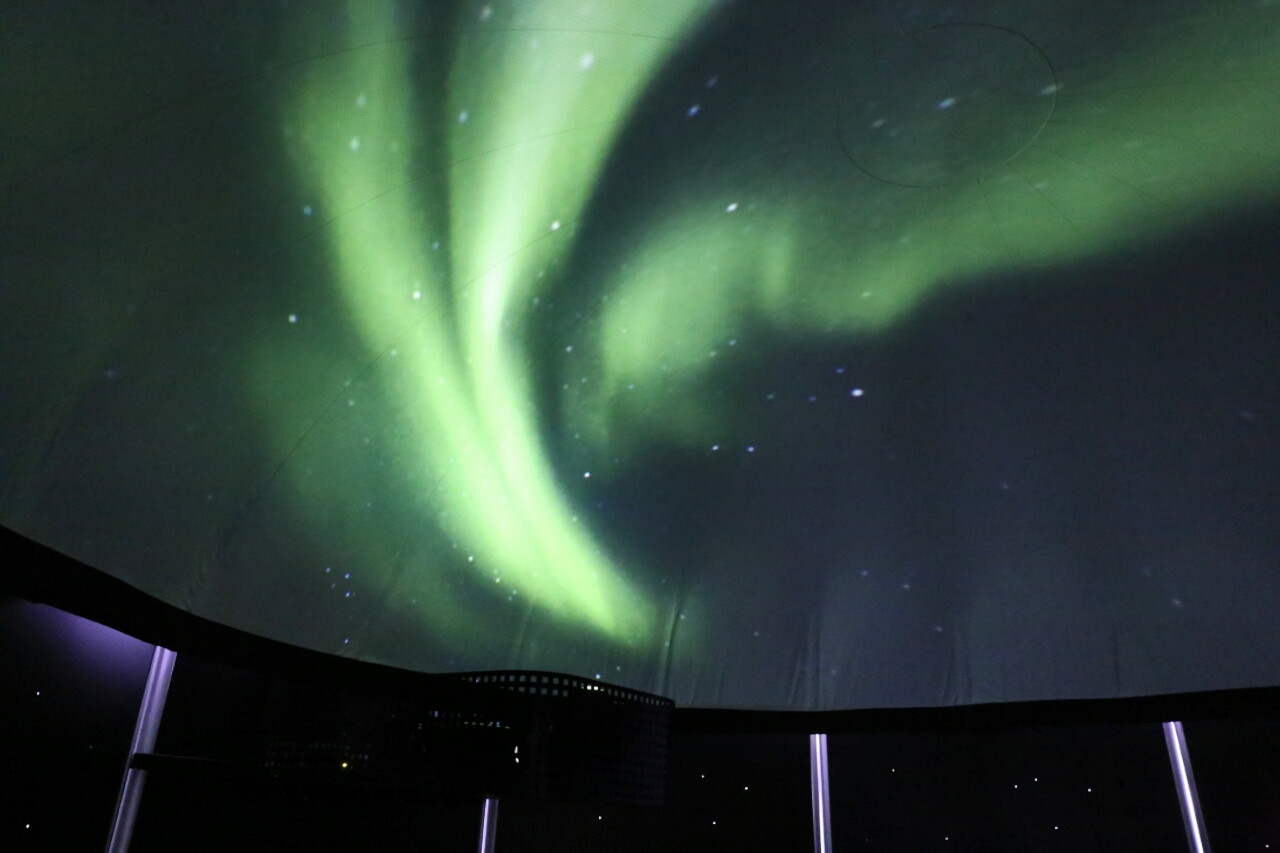Arctic is Broken Exposition
During my trip to Aragon, in the city of Huesca, I visited the mobile exhibition Arctic is broken (El Artico se rompe), dedicated to the problems of the Arctic that have arisen under the influence of human activity.
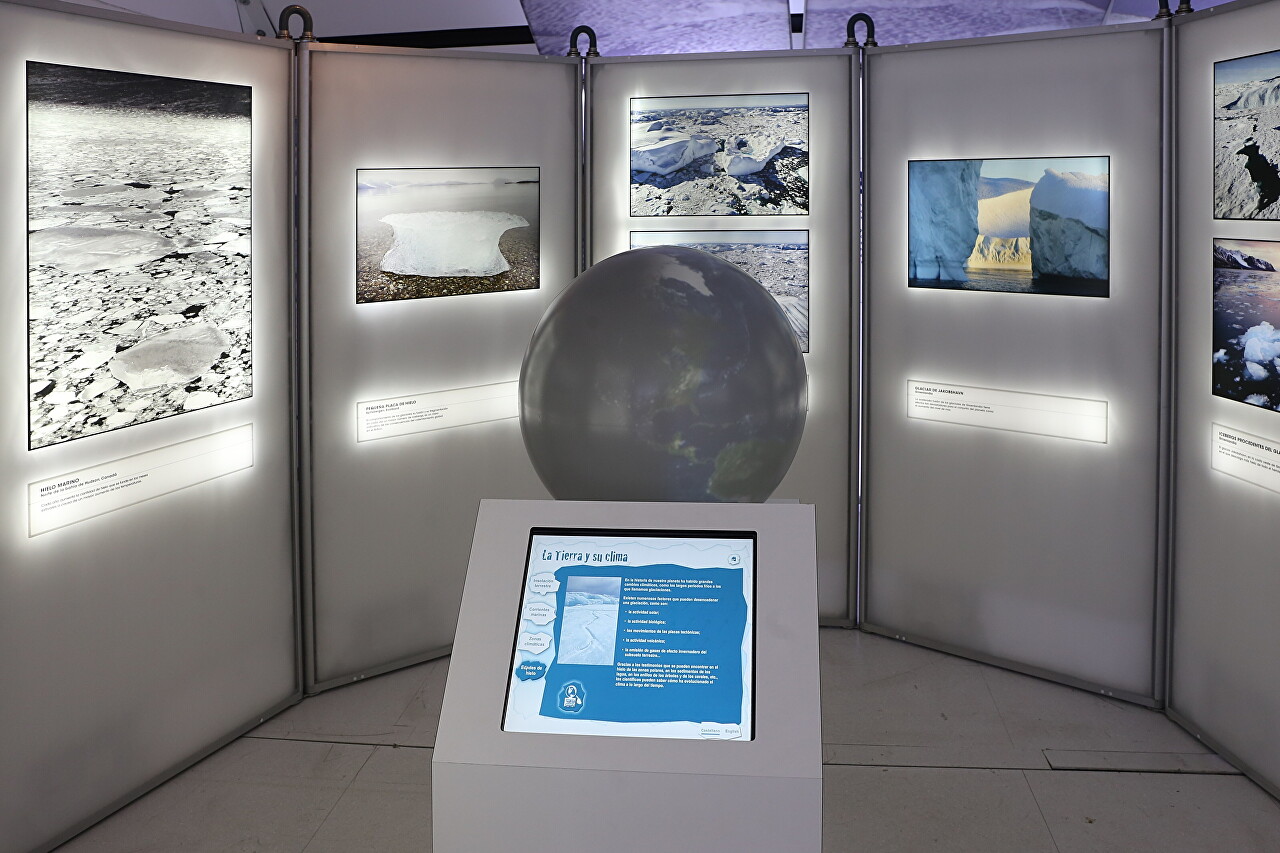
The map clearly shows mining sites in the Arctic zone and transport routes in polar waters.
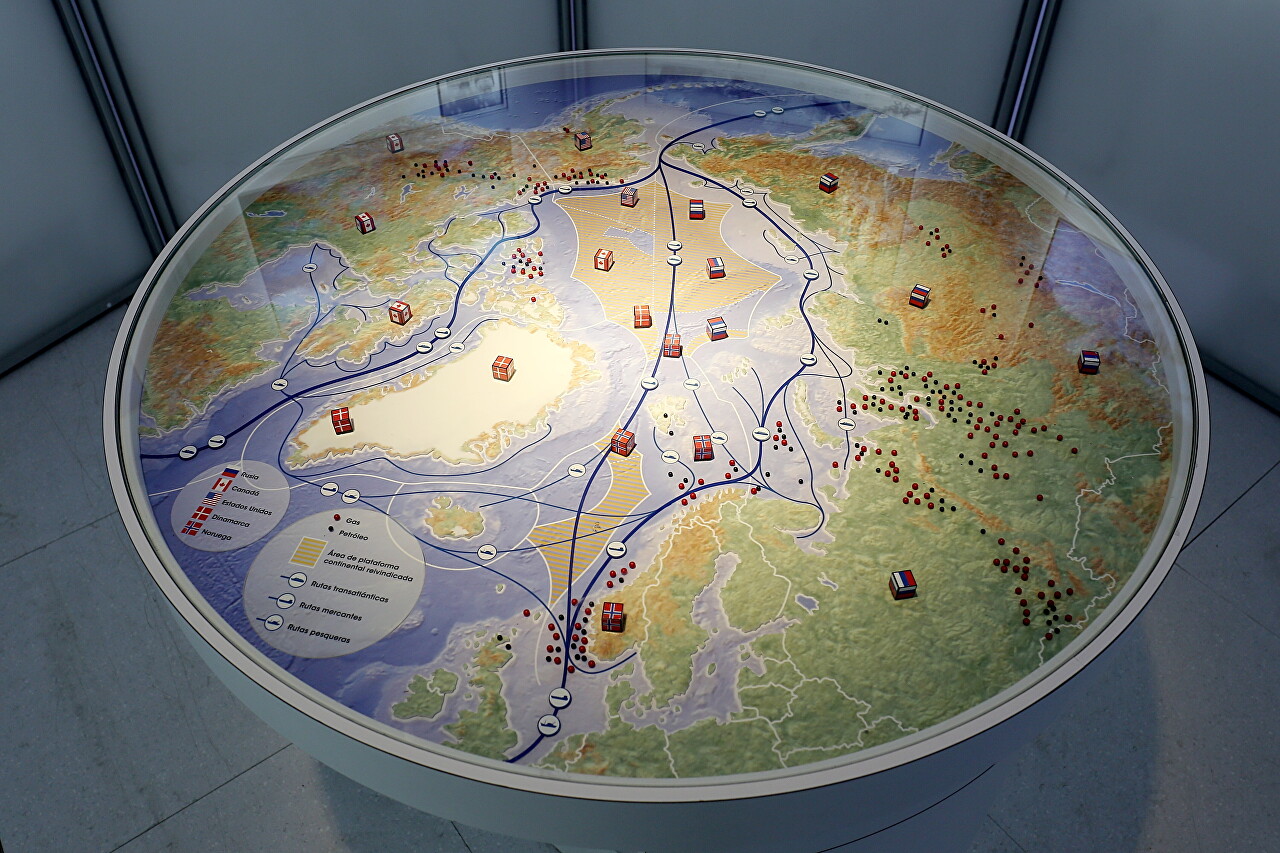
Mines, dredges, and oil pipelines have invaded the fragile ecosystem of the polar tundra.
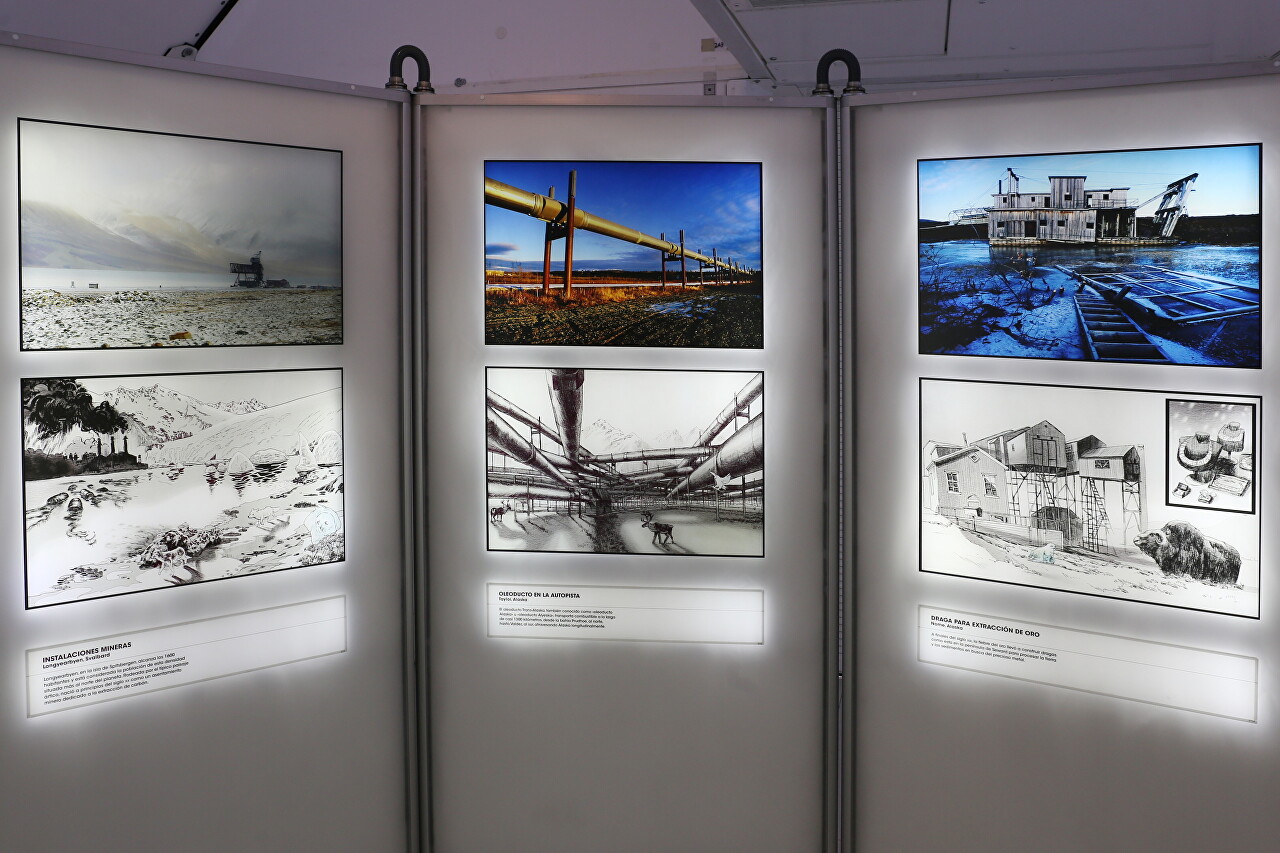
Sad pictures of human economic activity. Barentsburg is a coal deposit on the Norwegian island of Svalbard, but it is operated by Russia.
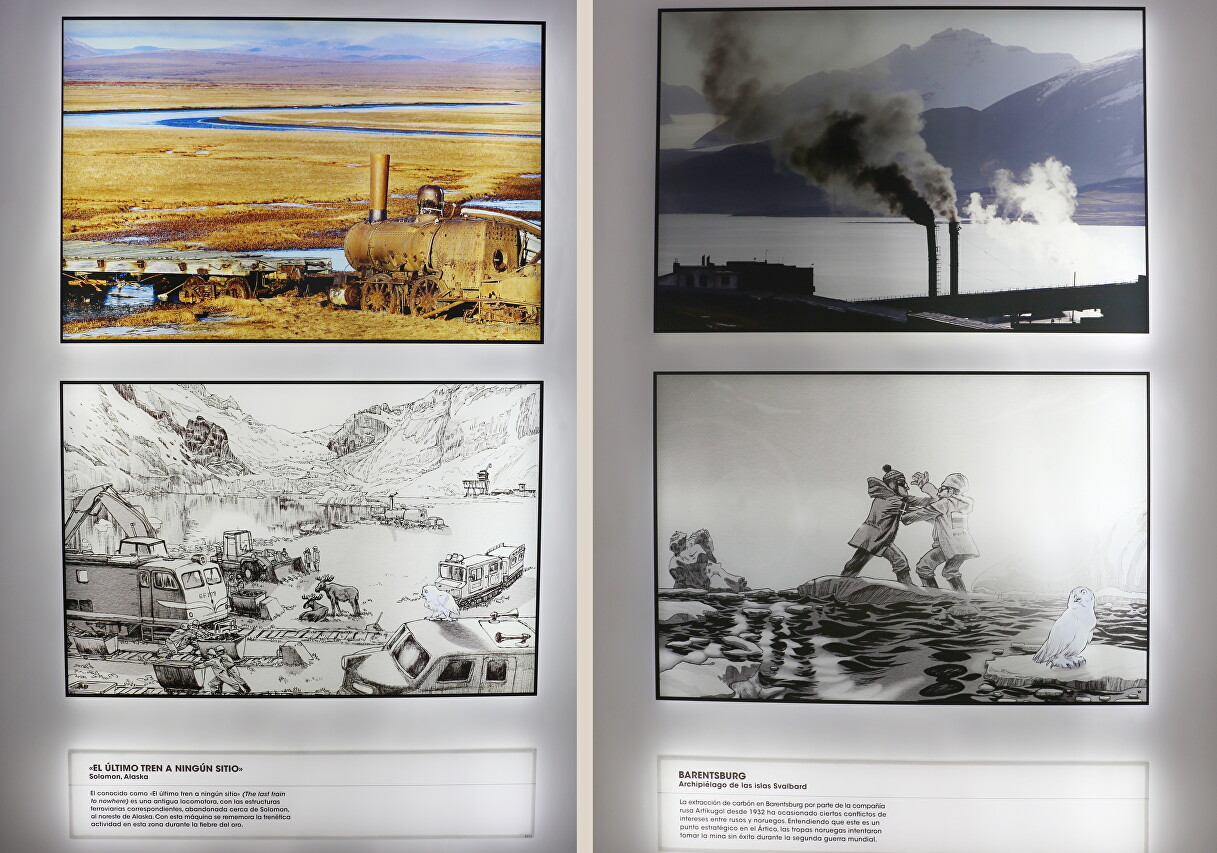
The change in the area of the ice cover and the thickness of the ice over 100 years is simply amazing. Although it is not proven that global warming is caused by human activity.
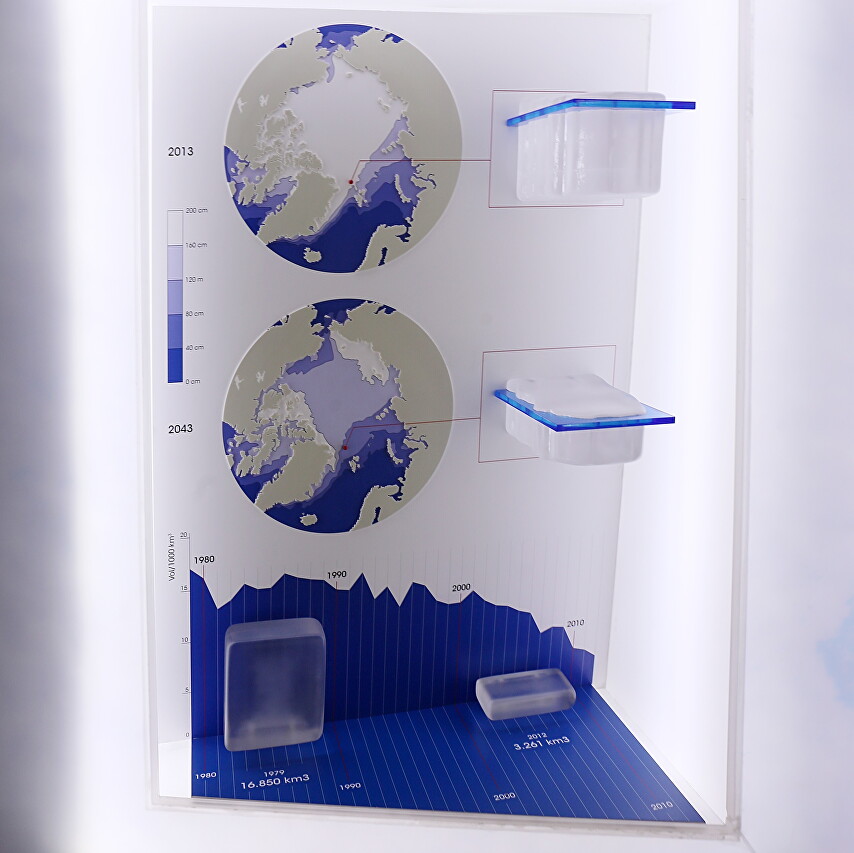
Traditional clothing of indigenous people of the Arctic, living in harmony with the environment.
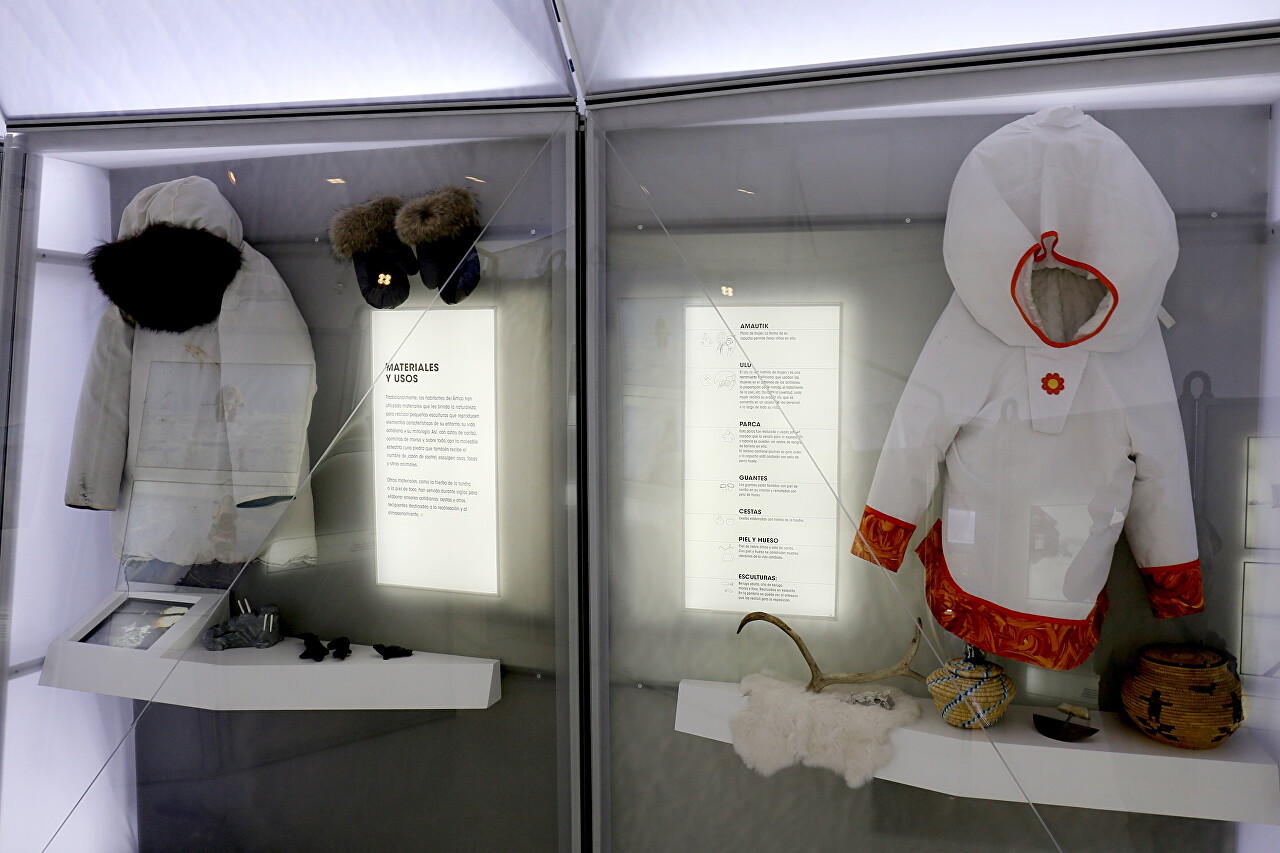
Products of folk art of the peoples of the North depict animals, because they directly depend on the survival of people in the icy desert.
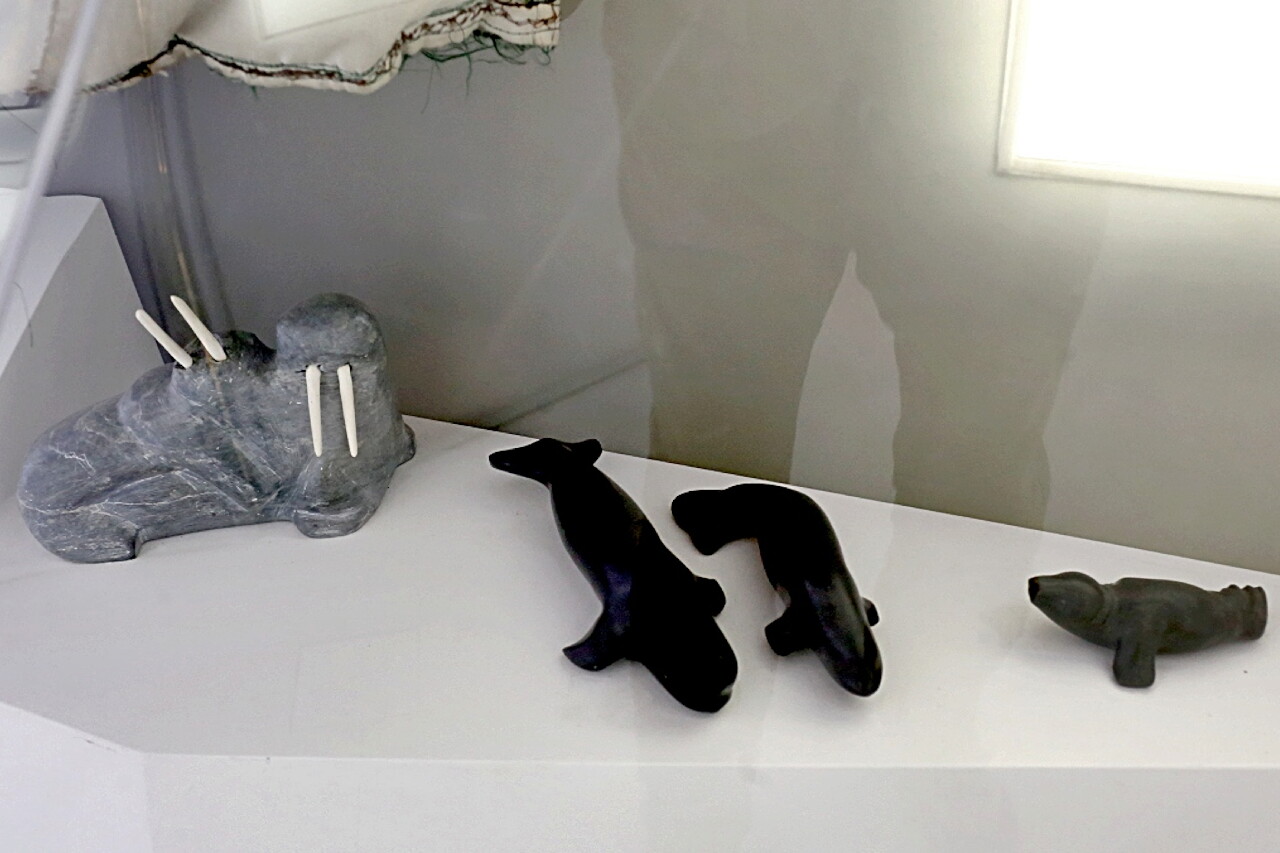
For household items, animal bones and fur are used, as well as fat for heating and lighting. That is, all the prey of hunters is used efficiently, leaving no waste.
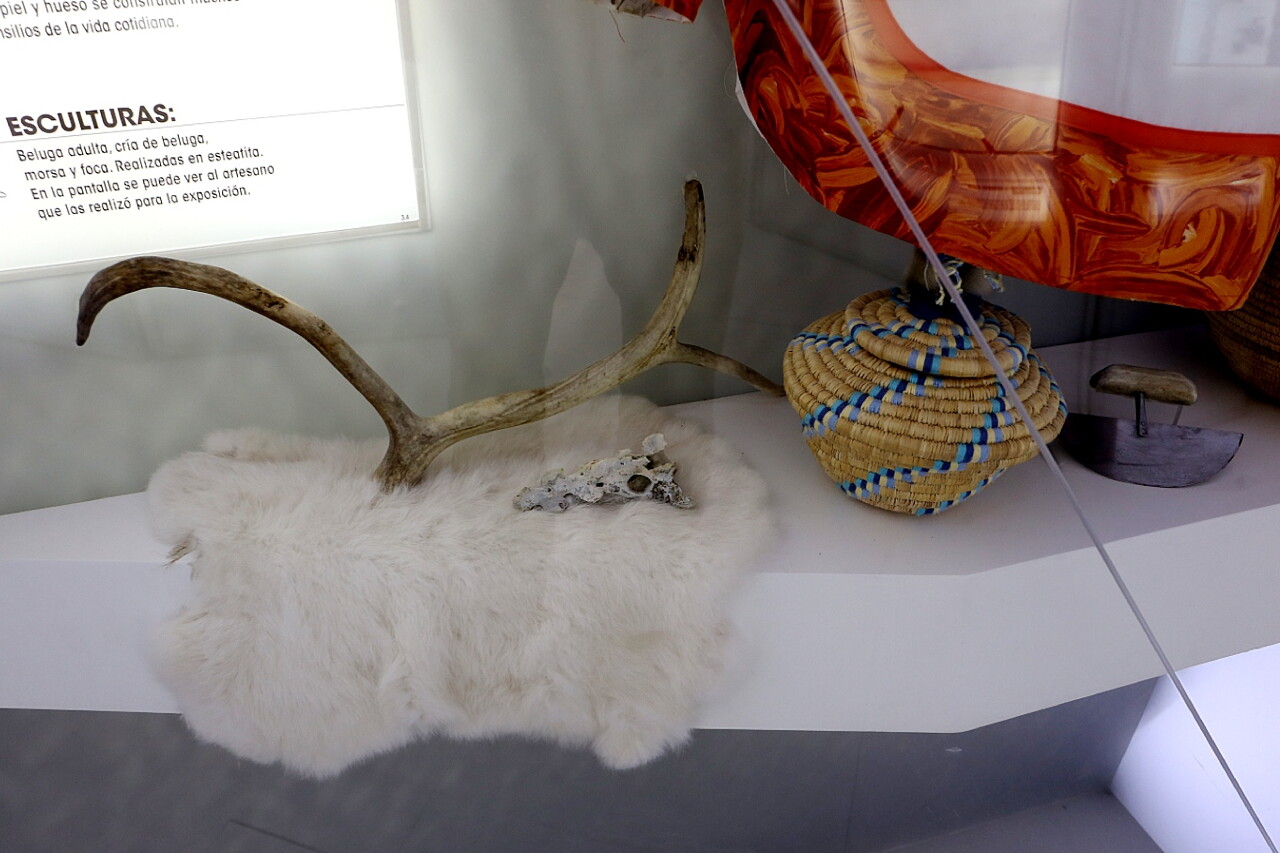
Residential and outbuildings of tundra dwellers.
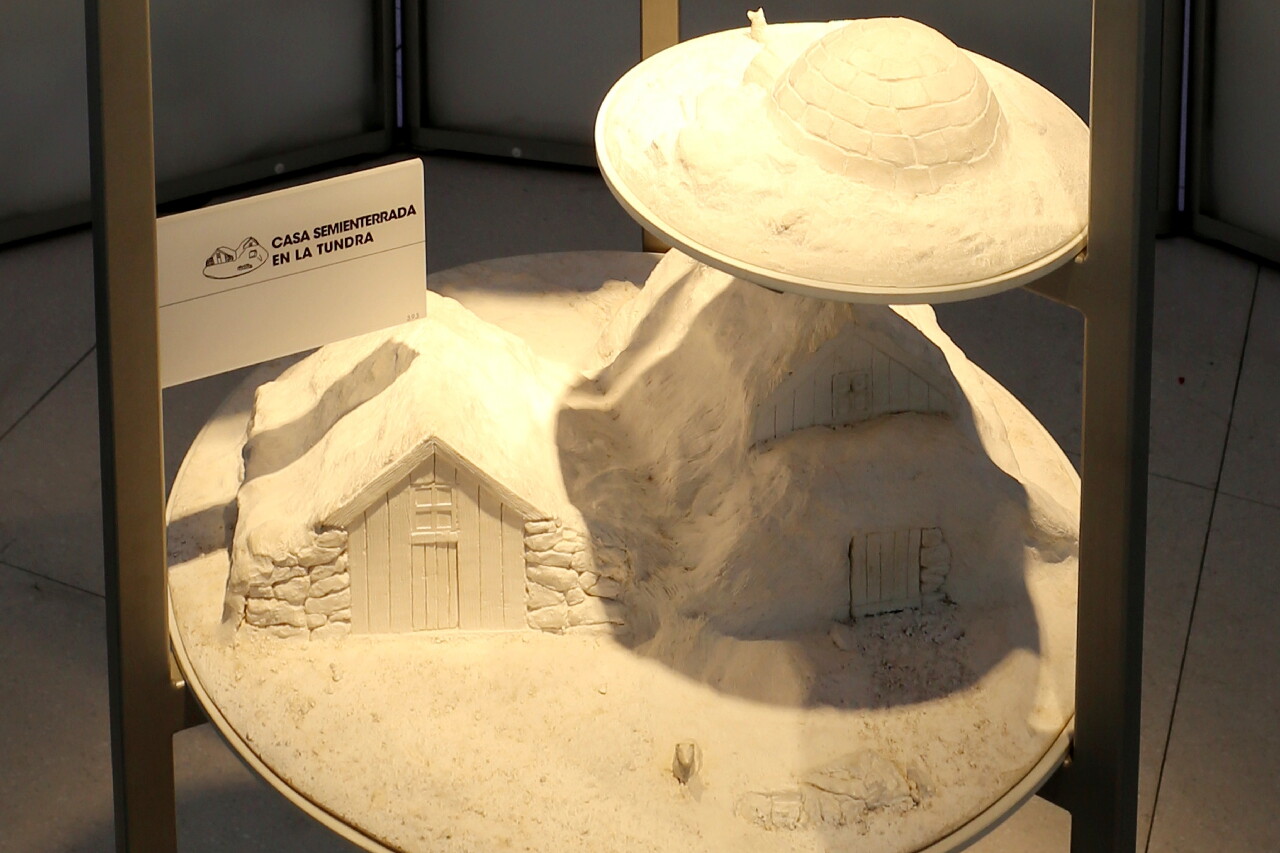
Progress has also affected the housing of Eskimos-the plague of seal skins has replaced pile houses.

Lichens are the only representatives of the plant world that have managed to adapt to the harsh conditions of the Arctic.
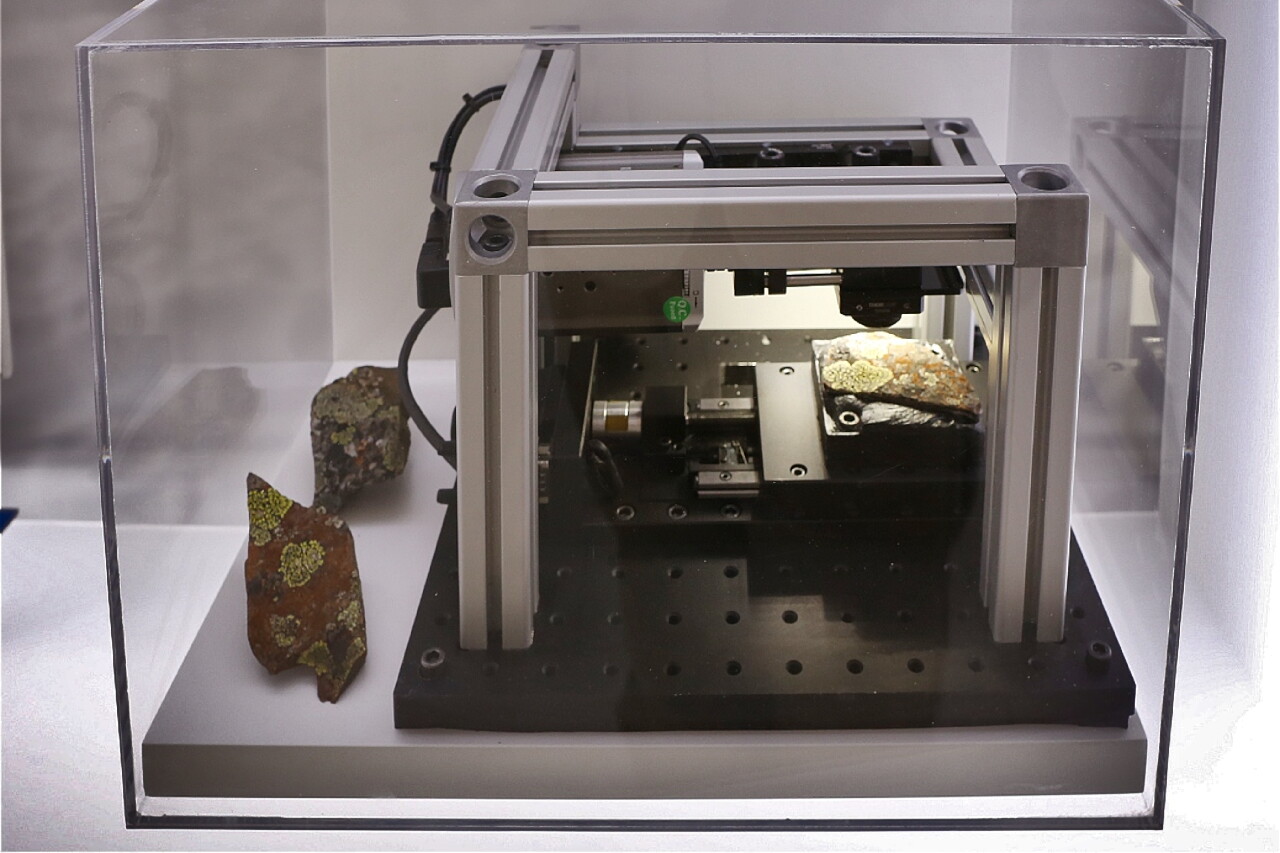
At this stand, you can get acquainted with the wildlife of the Arctic. You can see their footprints in the snow and listen to their voices.
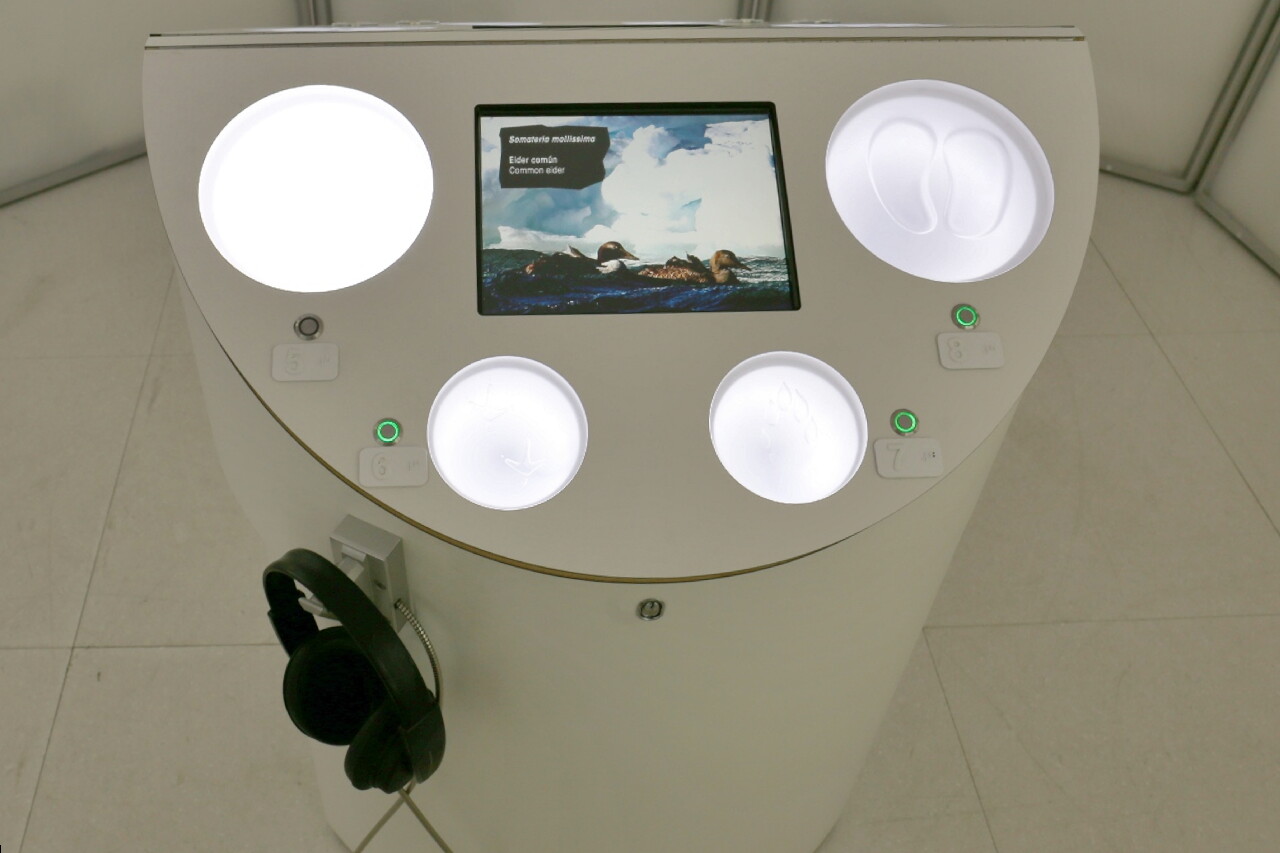
Norwegian lemmings, rodents from the hamster family, live in the mountain tundras of Scandinavia.
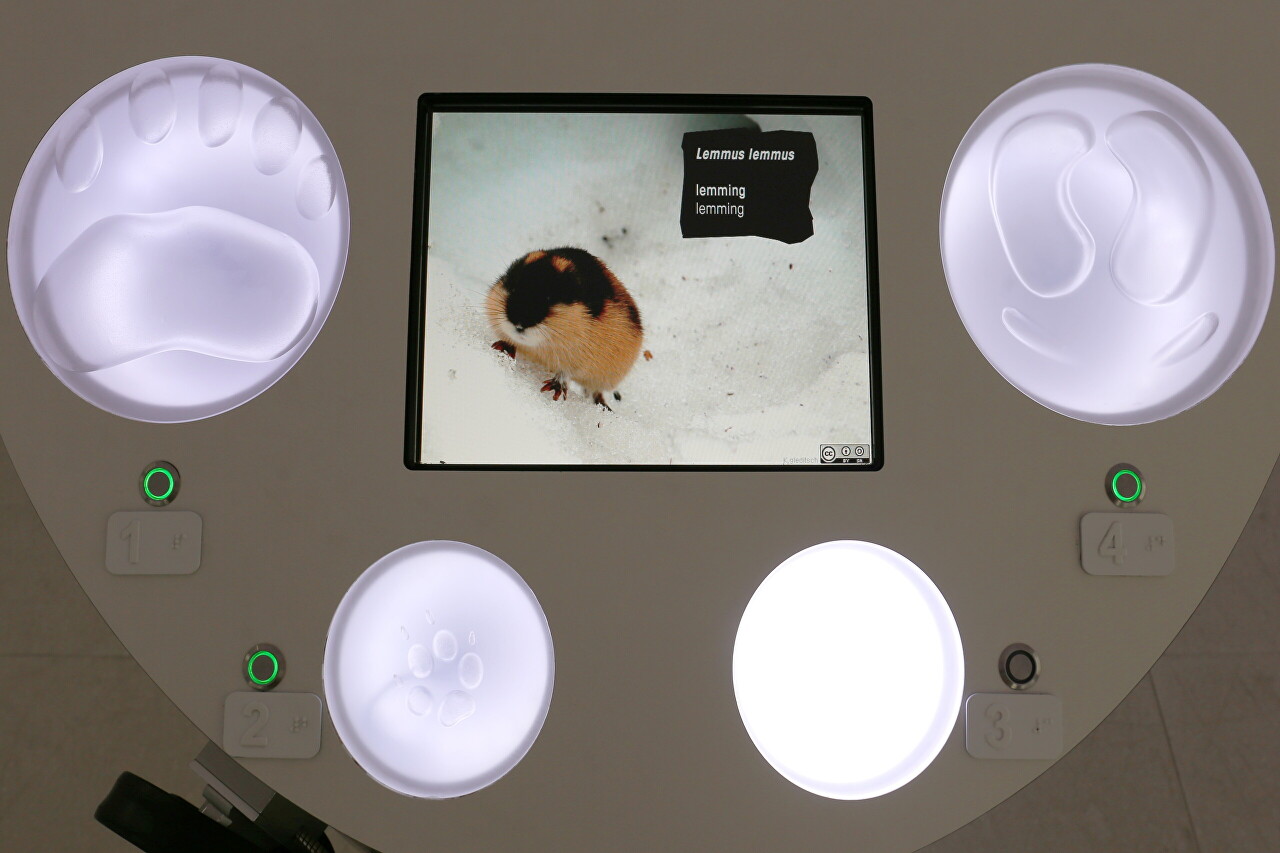
The Arctic region is home to many birds that make seasonal migrations from one pole of the planet to the other.
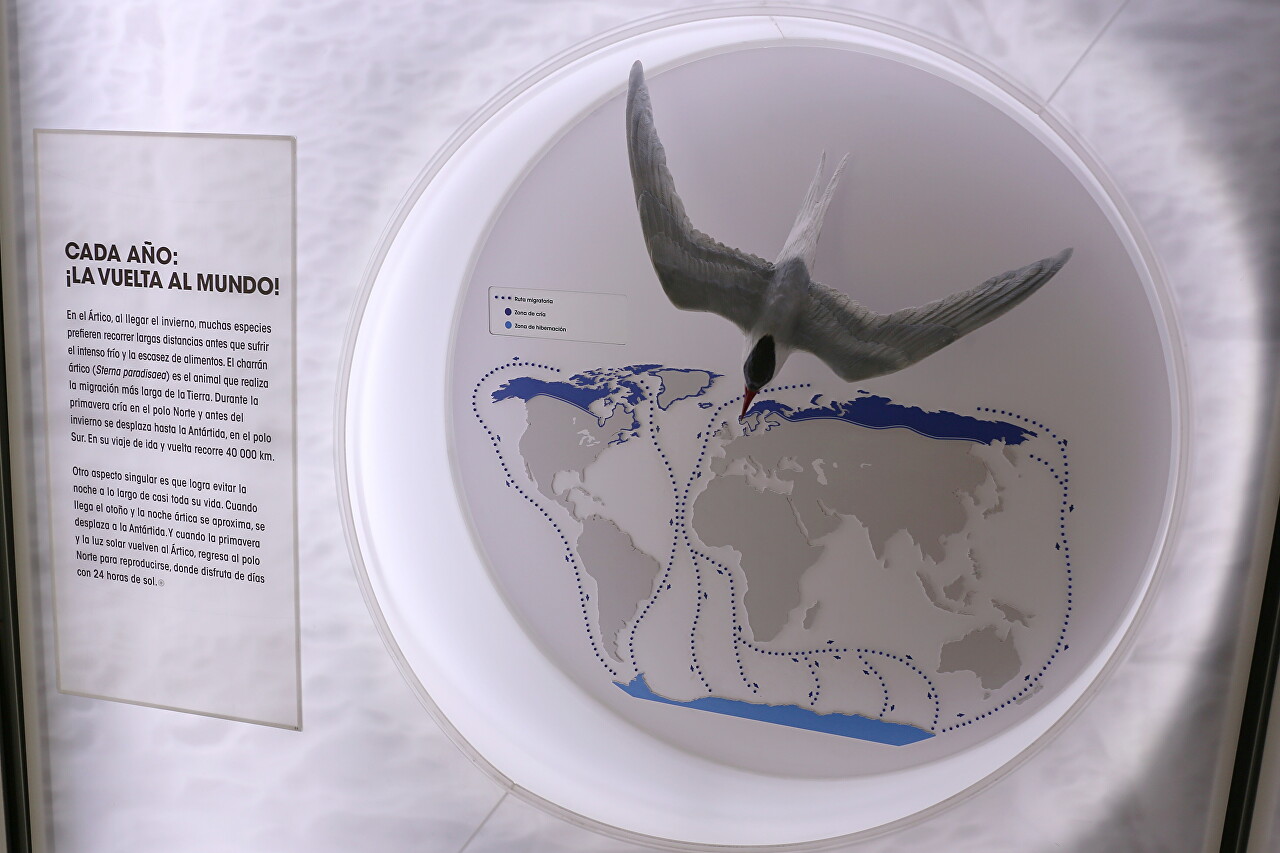
Cut of a hair from the skin of a polar bear. As you can see, there is a cavity filled with air inside. It is widely believed that the hair acts as light guides, transmitting solar heat directly to the body. This, of course, is nonsense, in fact, such fur retains heat better, since air is one of the best heat insulators.
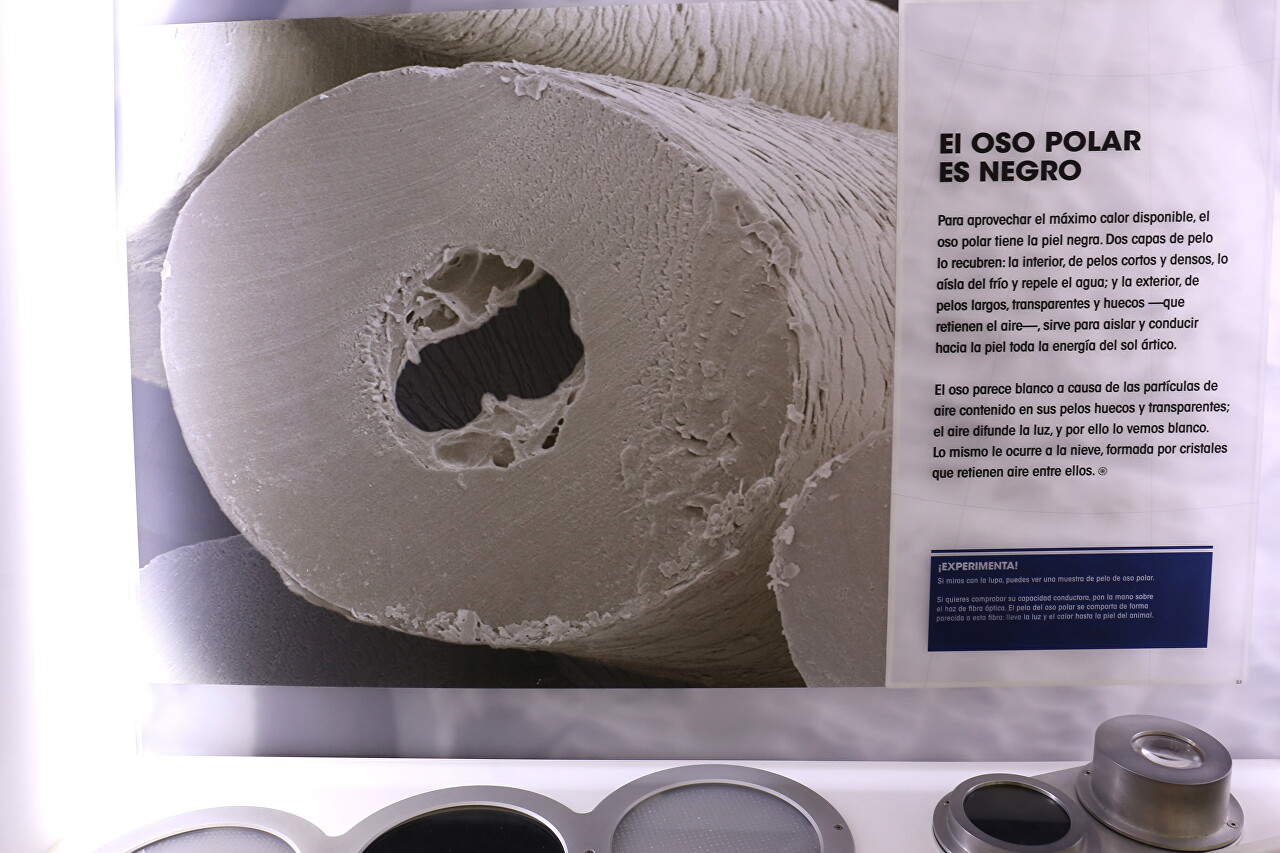
In conclusion, you can admire the panorama of the Arctic night sky with plumes of aurora borealis.
